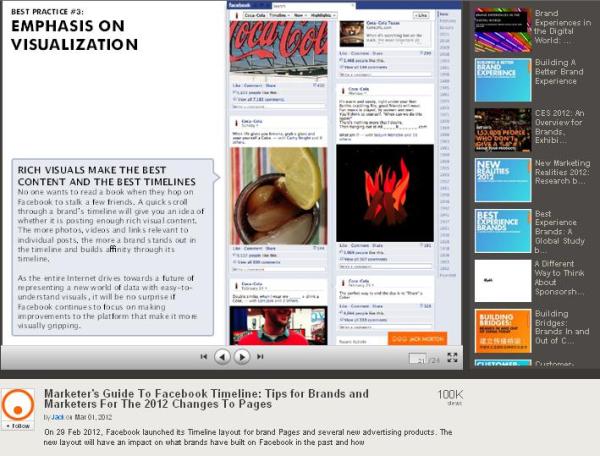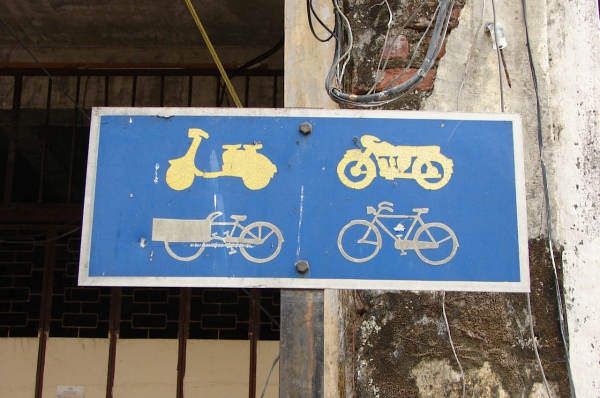
How people take in information is critical to understanding the impact of change, the resulting behaviours and consequently the communication requirements for that change.
This is all part of the stakeholder analysis process.
So before you take on your next change process and start analysing your stakeholders, start by analysing yourself.
Ask yourself … How do I take in information?
What is my preference?
Do you see the detail in every element? Do you relish in the specifics, the numbers, the blow by bow descriptions?
Or do you see what’s not there – the abstract? The pieces that fly into your head when you look at something new?
Do you look at a detailed map and feel anxious with all the specifics or do you feel comfort in knowing that everything has been covered? Do you see what no one else sees or do you see blurred lines and noise?
I asked this question today to a team of change consultants, using the following image.
What do you think they told me they saw? Have a look and jot down what immediately comes into your head.

If you notes cover things like: trees, paths, green, castle, windows, people … then you likely have a preference for detail or as Myers Briggs would classify it, sensing (S). On the other hand, if your notes define things that you can’t see like: money. Vanity Fair, Louis XIV, fairies (yes, that’s been called), then you are likely to take in information in an abstract form, or intuitively (N) as Myers Briggs classifies.
What is important to note here is not what is right or wrong, but that people have a preference to take in information in either a sensing (S) or intuitive (N) form. This means for change or communications professionals, awareness of HOW stakeholders TAKE IN INFORMATION is critical and good professionals are prepared to meet both preferences (or needs).
When you next implement change ask yourself … what is the preference of my stakeholders?
To cover all bases, ensure your communications ….
• Articulate the high level goal (N) – abstract thinkers think beyond today. So where will you change take them?
• Define the future aspiration (N) – What is the goal state? What is the driver? Where is the north point? Abstract thinkers need to know where they are heading (and let’s face it, don’t we all?)
• Provide detail on the outcomes (S) – eg. What are the objectives, expected timelines, breakdown the elements as much as you can (and if you need to, ‘bore them senseless with the detail)
• Explain the how (N & S) – Both preferences look to understand how the change will be implemented. For the N’s make sure there is a diagram that summaries the change process, for the S’s give them more step by step information.
• Pre-empt frequently asked questions (S) – eg. What happens if? How does this impact me? What can I expect? Answer them all …
In addition to understanding your publics (or stakeholders) what is important to understand is that abstract thinkers (N) will eventually reach a point where they will seek detail (S). So to, detailed thinkers (S) will reach a point where they will look for the high level overview (N) to put their thoughts into context. This is why good communications cover all aspects.
So, in essence … cover all bases







